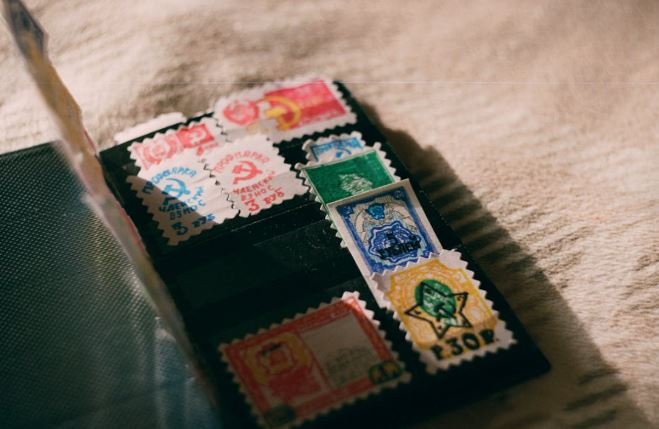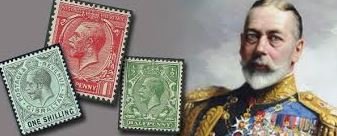The world of stamp collecting has long been associated with rarity, history, and value. However, some of the world’s rarest stamps carry a mystique far beyond the average collector’s reach, leading to the question: World’s Rarest Stamps: Priceless Gems or Elusive Symbols of Wealth? Are these stamps truly treasures of history, or are they simply unattainable luxuries that symbolize the extreme wealth of a select few? This ongoing debate invites both admiration and criticism as it highlights the intersection of passion, privilege, and historical significance.

The Allure of the World’s Rarest Stamps
Stamps, especially the world’s rarest stamps, are more than just pieces of paper with ink—they are windows into history, culture, and even political intrigue. For collectors, World’s Rarest Stamps: Priceless Gems or Elusive Symbols of Wealth? often represents the pinnacle of their passion. A rare stamp can capture the essence of an era, a revolution, or a significant event in time.
The 1856 British Guiana One-Cent Black on Magenta, for instance, is one of the most famous stamps in the world. With only one known to exist, this single stamp is valued at tens of millions of dollars, making it a true symbol of rarity. To many, this is the epitome of what World’s Rarest Stamps: Priceless Gems or Elusive Symbols of Wealth? signifies—an object that is not only extraordinarily rare but also laden with historical significance.
Collectors and investors alike often view these stamps as precious heirlooms, holding intrinsic value beyond their material worth. For some, acquiring such a stamp is about owning a piece of history, while for others, it’s about securing an asset that will only be appreciated over time.
The Price Tag of Rarity
Yet, World’s Rarest Stamps: Priceless Gems or Elusive Symbols of Wealth? is not just about historical significance. The monetary value of the rarest stamps often positions them as luxury commodities that are beyond the financial reach of the average collector. Stamps like the Swedish Treskilling Yellow, which sold for over $2.3 million, highlight the growing disparity between those who can afford these treasures and those who cannot. This price point raises questions about whether these stamps should be regarded as priceless gems or symbols of extreme wealth.
The allure of these stamps is undeniable, but it’s also clear that only the wealthiest individuals can hope to obtain them. Auction houses frequently showcase these rare stamps, where bidding wars unfold between billionaires and elite investors. In this context, World’s Rarest Stamps: Priceless Gems or Elusive Symbols of Wealth? becomes a commentary on the commodification of history, as the rich and powerful corner the market for objects of rare beauty and cultural importance.
For many, this reality creates a sense of disconnect—these stamps, which were once accessible to a wider audience, are now out of reach for all but the wealthiest of individuals. Instead of representing the shared cultural history of humanity, the world’s rarest stamps have become symbols of exclusivity and affluence, further reinforcing the divide between the elite and the general public.

The Question of Accessibility and Value
In the pursuit of World’s Rarest Stamps: Priceless Gems or Elusive Symbols of Wealth? the question of access remains central. While the idea of owning a rare stamp is alluring, few collectors can afford to compete at the highest levels. Most people interested in philately will never own these prized objects, and even the most dedicated enthusiasts often find themselves excluded from the world of elite stamp auctions.
Moreover, this exclusivity can create tensions within the stamp-collecting community. Some critics argue that the hyper-inflated prices of rare stamps overshadow their true value as historical artifacts. In their view, the market-driven value of these objects detracts from their original significance, turning them into mere status symbols for the rich.
Yet, there is also a counter-argument: the incredible value of the world’s rarest stamps may help to preserve them. The high prices associated with these stamps mean that they are often carefully guarded and stored in private collections or museums, ensuring their longevity. From this perspective, World’s Rarest Stamps: Priceless Gems or Elusive Symbols of Wealth? might be seen as a necessary mechanism for the preservation of history.
The Role of Auctions and the Global Market
Auctions have played a significant role in shaping the narrative of World’s Rarest Stamps: Priceless Gems or Elusive Symbols of Wealth? High-profile sales, such as the 2014 auction of the British Guiana One-Cent Black on Magenta, have made headlines, and the global market for rare stamps continues to grow. As the prices of the rarest stamps reach astronomical levels, the role of the auction house in fueling this demand has been scrutinized. Some argue that auctions contribute to the creation of an elite market for stamps, perpetuating the idea that these objects are unattainable luxuries rather than historical treasures meant to be appreciated by all.
However, the continued interest in these rare stamps also underscores their cultural and historical importance. Even if they are only accessible to a few, the global market serves as a reminder of the ongoing fascination with rare and valuable artifacts. These stamps connect people across borders and generations, acting as tangible links to the past. In this sense, the World’s Rarest Stamps: Priceless Gems or Elusive Symbols of Wealth? question reflects the broader tension between accessibility and preservation, history and luxury.

Conclusion: A Dual Legacy
Ultimately, World’s Rarest Stamps: Priceless Gems or Elusive Symbols of Wealth? is a question that has no simple answer. For some, these stamps will always be viewed as precious artifacts, steeped in history and culture. For others, they will remain symbols of wealth and privilege, inaccessible to all but the most elite. In either case, the story of the world’s rarest stamps is a fascinating one—a reflection of how history, value, and exclusivity intersect.
As the market for rare stamps continues to grow, one thing is certain: their legacy will continue to provoke debate. Whether regarded as priceless gems or elusive symbols of wealth, the world’s rarest stamps will remain deeply intertwined with the forces of history, economy, and society.



